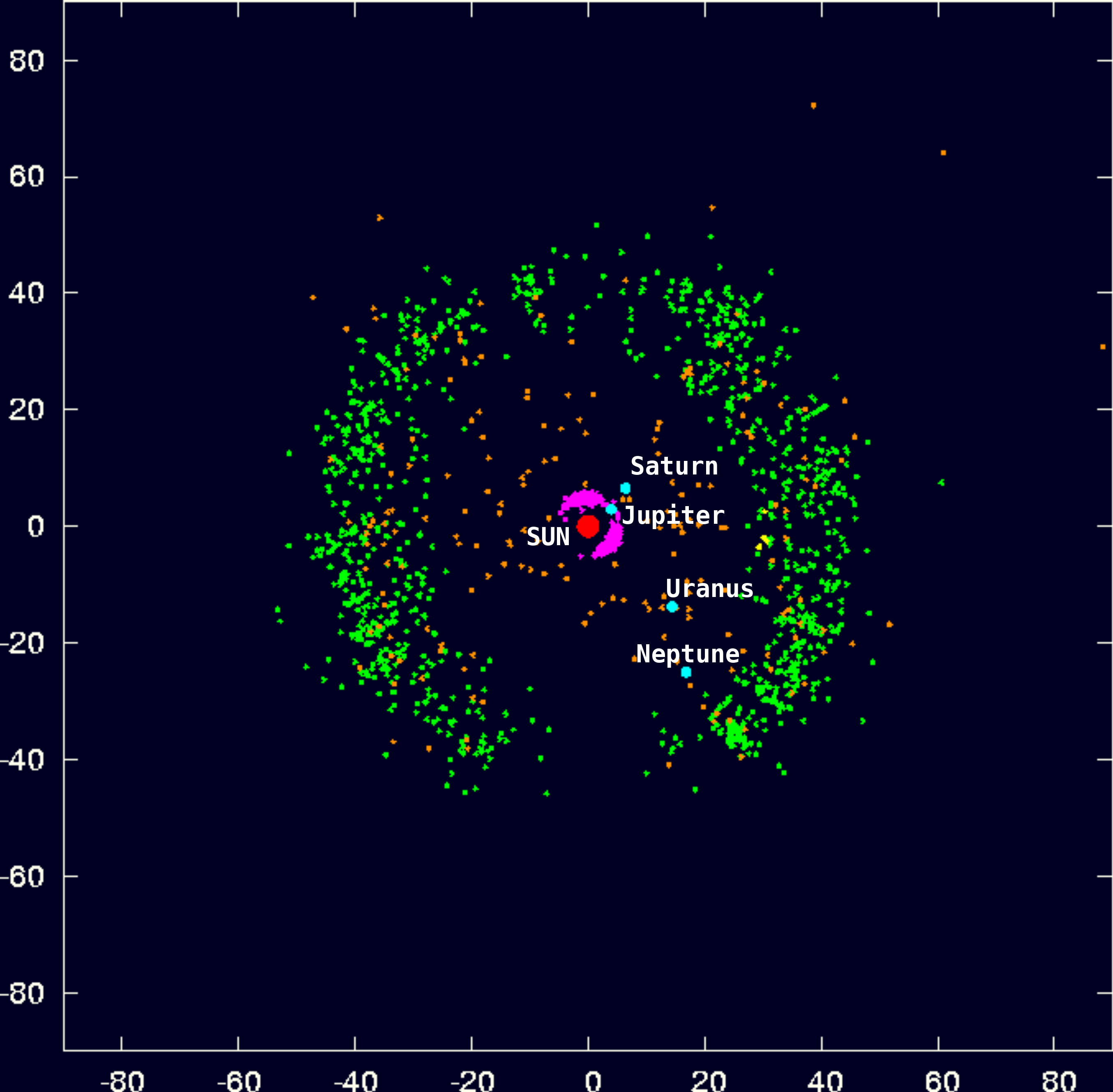Rebellion
(A link to help explain the name.)
It is the year 2130. Humanity has expanded into the solar system. Start-ups, government agencies, and extraterrestrial colonies litter the solar system. No government truly claims an extraterrestrial body; rather, they claim only the habitats and stations sent to each body - a legal action under the Outer Space Treaty of 1967. Corporations and other civilian entities, however, have laid controversial and tenuous claims to small areas of land, and even certain small celestial bodies.
Tensions, meanwhile, have begun rising on Earth as resources require ever-greater costs to mine. The various colonies, previously left to their own, have new economic and societal pressures to supply valuables to Earth. However, not all terrestrial nations appreciate being forced to rely upon colonial inputs, and have increased other means of income - namely taxes on exported and imported goods. It is becoming more and more clear that the colonies need not rely on their mother countries. For some countries, this means nothing; for others, it is the start of rebellion.
Intrasolar companies have been booming lately. Some can almost justifiably claim more power than governments. Company habitats, with company stores, company funds, and company-funded security (whether outsourced or internal) are not uncommon. These companies and some of their more outlandish claims are yet another source of tension between terrestrial nations and the colonials. Citizens are even, in certain places, more loyal to the company than their apparent government. Why care what someone on Earth says, when you sit on a station orbiting Callisto?
The question of the century seems to be looming in the air: should Earth assert hegemony over her colonies? Are companies separate and sovereign entities from nations? Will these questions be resolved peacefully, or with military force?
The solar system stands as a playing field. Which entities will emerge, and how they'll emerge is up to you.
Technological and Societal Level:
(Feel free to add technologies, subject to my approval - as long as they fit the feel and scope of the ones listed below)
No faster-than-light travel exists; nor do faster-than-light communications exist.
• The Outer Space Treaty of 1967 is still (for now, at least) in effect. Specifically, that means no weapons of mass destruction in Earth orbit or on any celestial body, or otherwise stationed in space; no weapons-testing or military maneuvers are allowed on celestial bodies; nor are military bases, installations, or fortifications allowed on celestial bodies; and no nation may claim any celestial body through use of claim, occupation, or any other means (however, they are responsible for their own man-made vehicles and installations).
• Sustainable fusion has been discovered, and Helium-3 is a major resource. However, oil is still highly-valued, being used in fuels, plastics, and other applications.
• A handful of Artificial Intelligences exist. Three major ones are IBM's Watson, Apple's Siri, and Google's... Google.
• Several major airlines of our day and startup space ventures have established passenger services to various places in the solar system. Boeing Space, Virgin Galactic, and British Spaceways, to name a few.
Everything, in general, is based off of what exists on present-day Earth. If you want to play Planetary Resources, Space X, the United States, go ahead. The goal is to establish a beginning history, so that other roleplays (I've already got rough ideas for three more) can build from here. To that end, I'd appreciate help in creating a wiki.
Feel free to include more detail, if you'd like.
Faction Sheet
|Faction Name:
|Faction Type: e.g. Nation, Company, Government Agency
|Summary in a Sentance:
|Associated Colonies, if applicable: (especially important for nations controlling pc colonies)
|Associated Nation, if applicable: (especially important for colonies seeking independence)
|Ruling Body Type:
|Geographical and Exographical Areas Claimed: (I encourage you to specify names for your colonies and habitats)
|Rough Post-2014 History:
|Important People:
+|Name:
+|Position:
+|Description:
+|Brief Bio:
Maps and Other Information:
Visual Summary
Wikipedia on the Solar System
Distances to Various Celestial Bodies' Orbits:

An AU (Astronomical Unit) is equivalent to 149,597,870.7 km (roughly 93 million miles), the rough average distance from Earth to the Sun. It's equal to about 499 light-seconds, or 8.32 light-minutes.
(Rough) Map of the Solar System:
Kuiper Belt, the Solar System's Second Asteroid Belt, in Green:

(The Centaurs are in Orange)
Please ask if anything needs to be clarified.